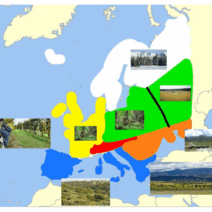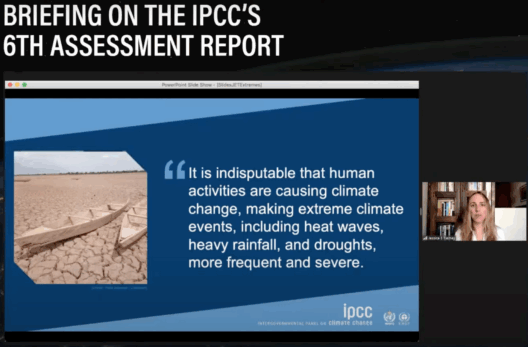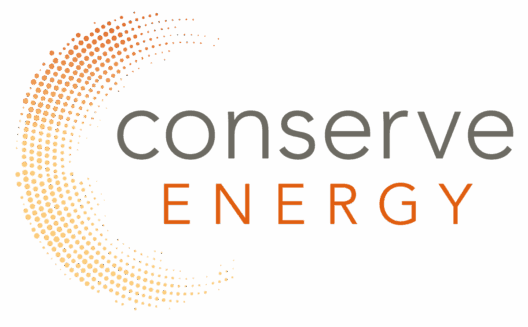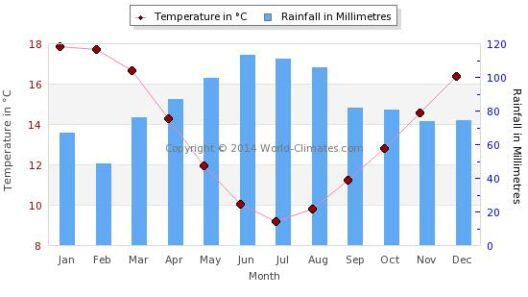In the vast theater of natural phenomena, hurricanes command attention with their tumultuous energy and raw ferocity. They are nature’s tempestuous symphony, an orchestration of winds and waters that has existed for millennia. However, much like a master artist who revisits their canvas, the climate is undergoing alterations that are distinctly changing the composition of hurricanes. The question that looms larger than the towering clouds of a hurricane is this: Are hurricanes indeed affected by climate change? The answer, resounding like thunder, is a definitive yes. In recent years, scientific inquiry has unveiled that these meteorological giants are not only becoming stronger but also exhibiting prolonged lifespans and increased lethality. This article embarks on an exploration of this troubling evolution, unraveling the intricate connection between our planet’s warming climate and the dreaded hurricanes that loom ominously on the horizon.
To grasp the depth of the crisis, one must first understand the mechanics of hurricanes. These colossal storms are borne from a confluence of warm ocean waters, atmospheric instability, and humidity. As the planet’s temperature escalates, the seas, which serve as the cradle for these storms, also warm. The relationship between ocean heat and hurricane intensity is akin to a blacksmith hammering iron; as the heat intensifies, so too does the strength of the resultant weapon. Studies show that higher sea surface temperatures fuel the energy that hurricanes require, allowing them to grow ferocious, twisting and turning with unprecedented vigor as they approach landfall.
The phenomena of increased intensity can be illustrated through the lens of the Saffir-Simpson hurricane scale, which categorizes storms from Categories 1 to 5 based on wind speed and potential damage. As an illustration, Category 3 storms, once rare, have become disturbingly commonplace. Furthermore, Category 4 and 5 hurricanes, representing the apex of lethal potential, are no longer anomalies but rather becoming more frequent in this age of climate change. It is not merely an increase in wind speed; it is a remonstrance of nature’s power against the backdrop of human negligence.
A critical aspect of hurricanes’ burgeoning severity is their rainfall patterns. Research indicates that for every degree Celsius of warming, the atmosphere can hold roughly 7% more moisture. This phenomenon transforms hurricanes into veritable deluges. As they make landfall, communities find themselves grappling not only with blustering winds but also with life-threatening inundations. The aftermath of these storms, such as Harvey in 2017, revealed devastating floods vulnerable regions are ill-equipped to manage. Previously, a hurricane might bring winds that lash through neighborhoods; now, they unleash torrents that submerge cities and threaten vital infrastructure.
Moreover, the prolonged duration of hurricanes is an alarming trend. As these storms gather strength, they also tend to stall or slow as they approach land. This extended presence exacerbates the risk of flooding and wind damage. The philosophy behind this stalling phenomena is tethered to changes in atmospheric currents influenced by climate change, particularly the weakening of the jet stream. Just as a boat floats adrift without a current, hurricanes linger longer over affected areas, prolonging the agony and devastation experienced by communities. Time has become an adversary, stretching the peril as once-familiar places are turned into disaster zones.
Not only are hurricanes increasing in strength and duration, but they are also expanding their reach. Historical patterns indicate that some regions previously sheltered from these storms are now feeling their wrath. The meridian of danger is shifting, bringing hurricanes closer to populations that lack the resilience to confront such forces. This transition raises broader existential questions about human habitation in vulnerable locales. Who gets to decide who lives in harmony with nature, and who ultimately pays the price as hurricanes reconfigure their territorial maps?
As society reckons with the implications of these changes, it is crucial to acknowledge that the connection between hurricanes and climate change is emblematic of a larger systemic issue — our relationship with the environment itself. The escalating temperatures, rising sea levels, and altered weather patterns reveal an intricate web of cause and effect, woven through decades of industrialization and environmental neglect. The historical metaphor of Pandora’s Box comes to mind; humanity has unleashed forces it can no longer control. The storms, once considered cyclical and natural, have morphed into harbingers of our actions.
It is imperative that we shift the discourse from mere acknowledgment of these changes to an actionable reckoning. By embracing comprehensive approaches to mitigate climate change, society can navigate this tempestuous future. Strategies include transitioning to renewable energy, preserving critical ecosystems, and investing in resilient infrastructure capable of withstanding these savage storms. Equally important is fostering global cooperation—climate change knows no borders; collaborative efforts are essential to combat this looming existential threat.
In conclusion, the narrative of hurricanes in a changing climate serves as a formidable warning. Stronger, longer, and deadlier storms are a manifestation of our mismanaged relationship with nature. As we navigate these tumultuous waters, it is essential to take heed of the monumental shifts before us and inspire action to reverse the alarming trajectory we find ourselves on. Nature is resilient, but it is also unforgiving. Determining how to mitigate the impact of hurricanes in our new reality is one of the defining challenges of our time, and it is a challenge we must meet with urgency and resolve.







